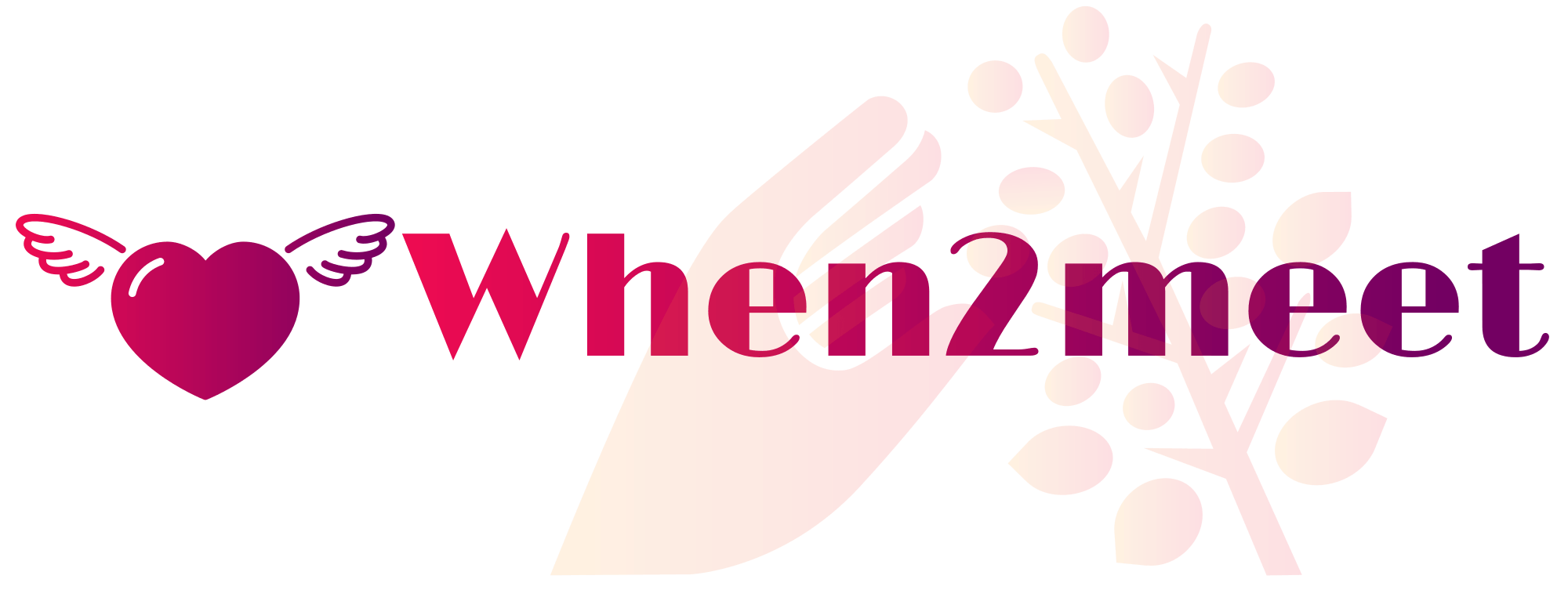Vital sourcing refers to the essential process of identifying, evaluating, and engaging suppliers that contribute to the core functions of a business. This concept extends beyond just finding suppliers; it focuses on ensuring that the supply chain is robust, sustainable, and adaptable to market changes. For any organization aiming to succeed in a competitive landscape, vital sourcing becomes the backbone that supports operational efficiency, cost management, and long-term growth.
Whether it involves raw materials, components, or services, businesses rely heavily on external sources. Vital sourcing strategies ensure that these relationships are built on reliability, quality, and mutual benefit. In the current global economy, where supply chain disruptions are increasingly common, having a strong sourcing foundation is not a luxury but a necessity. Organizations must develop strategies that not only meet current demands but also anticipate future requirements.
Importance in Modern Business
The significance of vital sourcing in today’s market cannot be overstated. As globalization continues to shape how companies operate, the demand for dependable and ethically responsible suppliers grows stronger. Organizations are no longer judged solely by the products they offer but also by the practices they endorse throughout their supply chain.
Vital sourcing contributes directly to reducing operational risks. A well-sourced network of suppliers ensures that even in the face of logistical issues, raw material shortages, or political instability, a company can continue operating with minimal interruption. Moreover, it enhances the company’s image by promoting responsible sourcing practices, which are increasingly valued by consumers and investors alike.
The Role of Strategic Thinking
Strategic thinking plays a fundamental role in vital sourcing. Companies must not just react to immediate needs but also proactively plan for future demands. This involves mapping out supplier capabilities, evaluating geographical risks, and identifying opportunities for innovation within the supply chain.
One key aspect of strategic sourcing is building long-term partnerships. Instead of constantly switching suppliers based on price alone, companies benefit more from investing in relationships that promote continuous improvement and collaboration. These relationships often lead to better pricing models, shared technology investments, and enhanced quality control measures.
Components of Effective Vital Sourcing
Effective vital sourcing includes several components, each contributing to a robust and sustainable procurement strategy. Supplier selection is one of the most critical steps. It requires thorough market research, evaluation of capabilities, and an understanding of each supplier’s financial and operational health. Businesses must ensure that suppliers align with their quality standards, delivery timelines, and ethical practices.
Another important component is supplier performance monitoring. Once a supplier is onboarded, it is essential to track their performance through key performance indicators (KPIs) such as on-time delivery, defect rates, and responsiveness to issues. These metrics help companies maintain control over their supply chain and take corrective action when necessary.
Communication and relationship management are equally vital. Establishing open lines of communication ensures that any potential issues are addressed promptly. Moreover, maintaining transparency about expectations and performance builds trust and encourages mutual growth.
Technology in Vital Sourcing
Technology has transformed how businesses approach vital sourcing. From supplier databases to AI-driven analytics, digital tools offer powerful ways to improve sourcing decisions. Procurement software platforms allow companies to automate routine tasks, manage contracts, and evaluate suppliers in real time.
Artificial intelligence and machine learning have introduced predictive capabilities that can anticipate supply chain issues before they occur. These technologies analyze historical data and market trends to forecast potential shortages or delays, enabling companies to take preemptive actions.
Blockchain technology is gaining popularity in vital sourcing due to its ability to enhance transparency and traceability. By recording every transaction in an immutable ledger, companies can verify the origin of goods, ensure ethical practices, and comply with international standards.
Sustainability and Ethical Sourcing
In the modern business world, sustainability is no longer optional it’s expected. Vital sourcing must incorporate sustainability practices to ensure long-term viability. This includes sourcing from environmentally conscious suppliers, reducing waste, and minimizing carbon footprints throughout the supply chain.
Ethical sourcing is closely tied to sustainability. Businesses must ensure that their suppliers uphold labor rights, provide safe working conditions, and avoid exploitative practices. Ethical sourcing not only protects the brand’s reputation but also fulfills legal obligations and societal responsibilities.
Many consumers today prefer to engage with brands that reflect their values. Companies that commit to sustainable and ethical sourcing are more likely to attract loyal customers, win stakeholder trust, and build brand equity. Furthermore, governments and international bodies are increasingly enforcing regulations that require transparency in sourcing practices, making it even more important for businesses to get ahead of compliance requirements.
Challenges in Implementation
Implementing a vital sourcing strategy comes with its own set of challenges. One of the most prominent issues is balancing cost with quality and reliability. While low-cost suppliers may seem appealing initially, they often come with hidden costs in the form of delays, subpar materials, or unreliable service. Companies must find the right balance that aligns with their overall business objectives.
Another challenge is managing supplier relationships across different cultures, languages, and time zones. Miscommunications can lead to delays, errors, and mistrust. Businesses must invest in training and tools that bridge these gaps and foster effective collaboration.
Building a Resilient Supply Chain
A resilient supply chain is one that can adapt, recover, and thrive in the face of challenges. Vital sourcing is a key pillar of resilience. By building a strong network of reliable suppliers and incorporating flexibility into procurement processes, companies can better withstand disruptions.
Flexibility in sourcing might include dual sourcing, where a company sources the same material from multiple suppliers, or multi-regional sourcing, where suppliers are based in different parts of the world. These approaches reduce dependency on any single source and create backup options when needed.
Resilience also involves scenario planning. Companies should regularly conduct simulations to test how their supply chain would respond to various crisis scenarios. This proactive approach ensures that strategies are in place before problems arise, allowing for quicker response times and less downtime.
The Future of Vital Sourcing
As technology and global dynamics evolve, the future of vital sourcing will be shaped by digital transformation, increased automation, and a greater focus on sustainability. Companies that embrace these trends early will position themselves for long-term success.
Artificial intelligence will likely become even more integrated into sourcing decisions, offering enhanced predictive capabilities and more efficient supplier evaluations. Automation will streamline contract management, invoicing, and performance tracking, freeing up procurement teams to focus on strategic initiatives.
Sustainability will continue to dominate sourcing priorities. Companies will seek out circular supply chain models, where resources are reused and waste is minimized. Additionally, regulatory frameworks around carbon emissions and ethical labor will become more stringent, requiring businesses to stay vigilant and adaptive.
Conclusion
Vital sourcing is far more than a procurement function it is a strategic imperative for any business seeking sustainable growth and long-term success. By identifying key suppliers, fostering strong relationships, embracing digital tools, and committing to ethical practices, companies can transform their supply chains into powerful engines of innovation and resilience.
In a rapidly changing world, the ability to source vital materials and services efficiently and responsibly is what sets leading organizations apart. Businesses must be proactive, adaptable, and forward-thinking in their sourcing strategies. From strategic planning to technological adoption and sustainability, every aspect of vital sourcing must be carefully designed and continuously refined.



